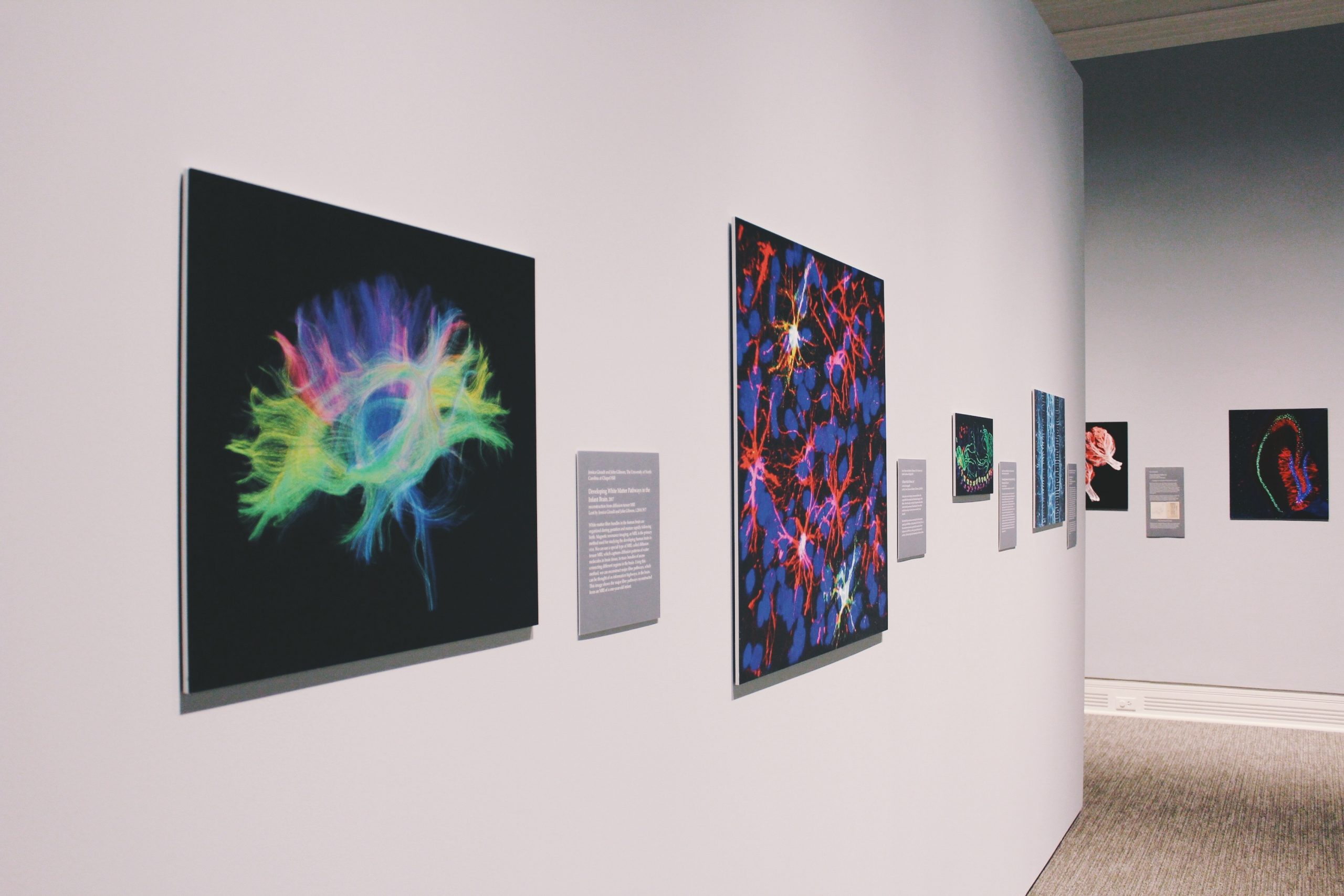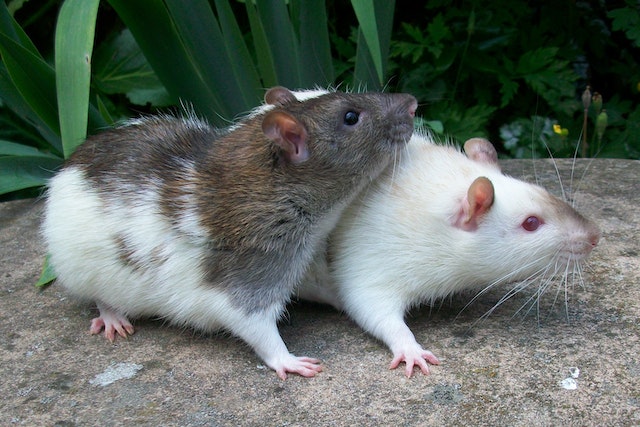Have you ever wondered why certain activities or substances can become addictive? It all comes down to the brain’s reward system. This complex network of neurons and neurotransmitters is responsible for making us feel pleasure and reinforcing behaviors that are necessary for survival, such as eating and socializing. However, this same system can also be hijacked by drugs, alcohol, gambling, or other activities that trigger a dopamine rush in our brains. In this blog post, we will dive into the science behind the brain’s reward system and how it relates to addictive behaviors. So buckle up and get ready to learn about one of the most fascinating aspects of human psychology!
What is the Reward System?
The reward system is a complex network of brain regions and chemicals that are involved in creating positive feelings, reinforcing behaviors, and promoting survival. At the core of this system is the release of dopamine, a neurotransmitter that plays a key role in motivation, pleasure, and learning.
One important part of the reward system is the ventral tegmental area (VTA), located deep within the brainstem. This region contains neurons that produce dopamine and project to other areas such as the prefrontal cortex and nucleus accumbens.
When we engage in activities or consume substances that trigger dopamine release in these areas, we experience feelings of pleasure, satisfaction, or relief. For example, eating delicious food can activate our reward system by releasing dopamine in response to flavors and textures.
However, not all rewards are created equal. Some stimuli may be more powerful than others due to individual differences or environmental factors. Additionally, repeated exposure to certain rewards can lead to tolerance or desensitization over time.
Understanding how the reward system works is crucial for understanding addictive behaviors and developing effective treatments for addiction. By targeting specific parts of this complex network through therapy or medication interventions it’s possible to help people with addictions recover their lives back without causing further harm
How Does the Reward System Work?
The reward system is a complex network of brain structures that are responsible for regulating motivation, pleasure, and reinforcement. When we engage in activities that promote survival and well-being, such as eating or exercising, the reward system releases neurotransmitters like dopamine and serotonin which make us feel good. This positive experience reinforces our behavior, making it more likely we will repeat it in the future.
The nucleus accumbens is a key structure within the reward system. It responds to signals from other parts of the brain indicating when something rewarding has occurred or when a pleasurable activity should be pursued. The prefrontal cortex plays an important role in decision-making by evaluating potential rewards against possible risks.
However, this same system can also reinforce negative behaviors like drug use or gambling. Over time, repeated exposure to these substances or activities causes changes in the neurons involved with addiction and tolerance develops.
Understanding how the reward system works can help us better understand why addictive behaviors occur and how they might be treated. By targeting specific areas of the brain involved with addiction through therapy or medication interventions may be able to help individuals overcome their struggles with addiction and develop healthier habits instead.
What Causes Addictive Behaviors?
Addictive behaviors can develop due to various factors. One of the primary reasons is genetics, as research has found that addiction tends to run in families. Individuals with a family history of addiction may be more susceptible to developing addictive behaviors themselves.
Another significant factor that contributes to addictive behavior is stress and trauma. People who experience high levels of stress or traumatic events in their lives may turn to drugs, alcohol, or other addictive substances as a coping mechanism.
Environmental factors such as peer pressure and easy access to drugs and alcohol can also contribute significantly to the development of addictive behaviors. For instance, individuals who grow up around substance abuse may view it as normal behavior and develop an addiction later in life.
Mental health issues like depression, anxiety, bipolar disorder are also known triggers for addictive behaviors. Some people use drugs or alcohol as self-medication for these conditions which eventually leads them towards addiction.
There are several potential causes for addictive behaviors ranging from genetic predisposition and environmental influences to mental health issues and traumatic experiences. Understanding these underlying causes is crucial when treating addiction effectively.
The Three Types of Addictions
Addiction is a complex and multifaceted disease that can take on many forms. There are three main types of addiction: substance addiction, behavioral addiction, and process addiction.
Substance addiction involves the use of drugs or alcohol. These substances change the chemical balance in the brain, resulting in physical and psychological dependence. Substance addicts often experience withdrawal symptoms when trying to quit using.
Behavioral addictions involve compulsive behaviors such as gambling, shopping, or sex. These activities trigger dopamine release in the brain’s reward system similar to drug use. Behavioral addicts may experience negative consequences but continue with their behavior despite them.
Process addictions include addictive behaviors related to technology or food consumption such as internet gaming disorder or binge eating disorder. Like substance and behavioral addictions, these processes also activate the reward circuitry in the brain leading to dependency over time.
It’s important to recognize that each type of addiction has its unique challenges for both treatment and prevention strategies. Understanding these differences can help individuals struggling with an addiction seek appropriate support for their specific situation.
Treatment for Addiction
Treatment for addiction is a complex process that requires professional help. The first step in treating addiction is acknowledging the problem and seeking help from medical professionals or mental health specialists. They can provide an accurate diagnosis of the condition, evaluate its severity, and recommend appropriate treatment options.
The most common treatments for addiction include behavioral therapy, support groups, medication-assisted therapy (MAT), and holistic therapies such as yoga and meditation. Behavioral therapy helps individuals learn how to cope with triggers that lead to addictive behaviors by changing their thoughts and behaviors.
Support groups like Alcoholics Anonymous (AA) or Narcotics Anonymous (NA) are beneficial because they offer a sense of community and support from other people who have experienced similar struggles.
Medication-assisted therapy involves prescribing certain medications that can reduce cravings while helping people manage withdrawal symptoms.
Holistic therapies may also be used in conjunction with traditional treatment methods to enhance overall well-being during recovery.
Successful treatment for addiction often involves a combination of various approaches tailored to an individual’s specific needs. It’s essential to remember that there’s no one-size-fits-all solution when it comes to overcoming addiction – everyone’s journey toward recovery will be different.
Prevention of Addiction
Prevention of addiction is an essential aspect that needs to be addressed to avoid the development of addictive behaviors. To prevent addiction, it’s crucial to understand the risk factors and take necessary measures to reduce them. One way to do this is by creating a supportive environment for individuals at risk.
Parents play a vital role in preventing addiction in their children. They can educate their children about the risks associated with substance abuse and provide support and guidance when needed. Schools can also contribute by offering drug education programs that teach students about the dangers of drugs.
Another way to prevent addiction is through community involvement. Communities should work together towards creating a safe environment where people can live without fear or stress, which may lead them down the path of addiction. Community resources such as mental health clinics, recreational centers, and support groups are essential in providing help for those who need it.
Healthcare professionals have a critical role in preventing addiction by monitoring prescription drugs’ use closely. Doctors must prescribe medications responsibly and educate their patients about potential side effects or dependence on medication they’re taking.
Preventing addiction requires effort from multiple parties involved- parents, schools, communities, healthcare providers- working together towards building safer environments free from drug abuse temptations while providing adequate support when needed.
Conclusion
Understanding the brain’s reward system provides valuable insight into addictive behaviors. The process of addiction is complex and multifaceted, involving both genetic and environmental factors. However, by recognizing the signs of addiction early on, seeking help from professionals, and implementing preventative measures such as healthy coping mechanisms and a strong support network, it is possible to overcome addiction.
It is important to remember that individuals struggling with addiction are not alone in their journey towards recovery. With proper treatment and support, long-term recovery is achievable. It all starts with taking that first step towards seeking help.










